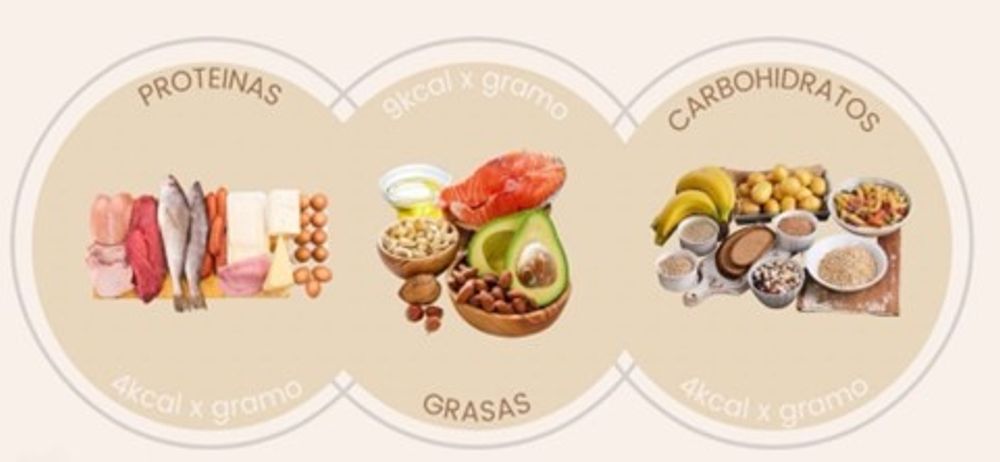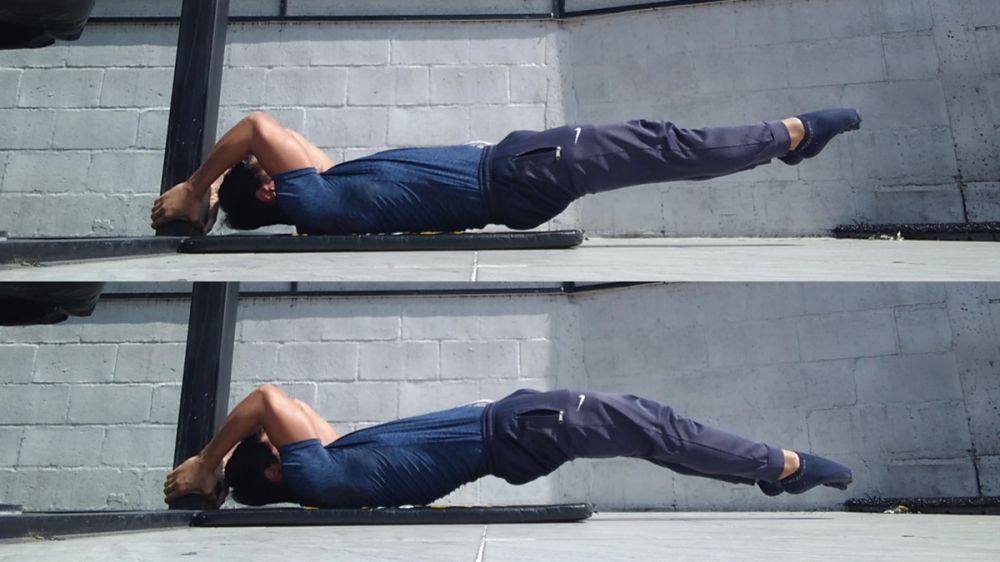
Macronutrients: What They Are, Types, and How They Influence Athletic Performance
Learn all about macronutrients: their roles, types, and the importance of nutrient timing for sports performance. Read our complete guide for athletes.

In recent articles we have been talking about different concepts that apply to hypertrophy or muscle mass gain according to the latest scientific studies.
Well, most of this scientific information has been taken from the same study (you can see it here), which I have been citing in each case. It is not really a study in itself, but a compilation of many studies on hypertrophy, specifically 248, in which the results are analyzed with respect to different aspects to take into account such as training volume, load, rest periods, exercise selection and some other variables.
The point is that at the end of this compilation it offers you a super interesting and very useful table where it summarizes the conclusions and recommendations to take into account according to the results of all this evidence, and that is what I want to bring you in this article.

In this table we are going to see in a curated, direct and summarized way the consensual recommendations coming from an enormous amount of scientific evidence. The good thing is that these 248 studies that have been used as a base are the ones that remained after filtering an even larger number and discarding those that were not well designed, had conflicts of interest or did not meet a minimum of quality.
So let's see what science tells us regarding: what loads to use, what volume of training to do, how often to train, how much rest to use, what exercises to do, and whether or not to reach muscle failure.
As always, I also remind you that I will be speaking from the perspective of Calisthenics, but this article applies equally to people who train in the gym, who train weighted calisthenics or a combination of any training aimed at gaining muscle mass.

Let's start with the recommendations for load. First of all, they tell us that similar results can be achieved using a wide range of loads. This means that if you train hard you can achieve good results with light loads at high repetitions, with intermediate loads, or with heavy loads at low repetitions.
But then it adds that there is a certain practical benefit in prioritizing intermediate loads to gain muscle mass. This refers to working in a repetition range of between 6 and 20, remaining close to muscle failure.
Finally, it adds that there is preliminary evidence that suggests that there may be a greater benefit in combining these intermediate loads with light or heavy loads. This can be sought by including in your routines some difficult exercise at the beginning with few repetitions, and some simple exercise with many repetitions at the end of the routine, what is usually called a finisher. Or there are also other options such as more complex training periodizations that work in blocks.
We continue with the training volume, where the first recommendation given is a minimum of 10 effective series per muscle group per week. Although it seems that some individuals can get good results with less volume.
Secondly, it tells us that there is a potential benefit in using a greater volume, especially in muscle groups that you have lagging behind. This agrees with the guideline we saw in the article on volume in which I recommended 10 effective sets per muscle group per week for beginners, 15 for intermediates and 20 for advanced.
Finally, it tells us that there may be some benefit in increasing the volume little by little in each training cycle, without exceeding a 20% increase every 4 weeks.

We now move on to frequency, where first of all it tells us that significant hypertrophy can be achieved by training each muscle group once a week in protocols with low or moderate volume. There does not appear to be any significant advantage in increasing frequency while maintaining weekly set volume.
However, working with a high volume of sets, it does seem to be better to divide this volume into different sessions throughout the week. The recommendation they give is to maintain a maximum of around 10 effective sets per muscle group per session, and add more days if you are going to do more effective sets.
Therefore, to adapt it to what we have talked about about the number of weekly sets, we see that in intermediate and advanced athletes it is advisable to have a weekly distribution with several days for each muscle group. For example, I think a very good distribution to follow these guidelines would be two leg days, one push day, one pull day, and one full body day.
Let's go with the rest periods, where they tell us that as a general rule for hypertrophy, it is best to use rests of at least 2 minutes in compound exercises and at least 1 minute or a minute and a half in single-joint exercises.
Keep in mind that this is a minimum, so there is no problem in using breaks, for example, around 3 minutes in compound exercises and around 2 minutes in mono-articular exercises, or even longer if the intensity of the sets requires it.

We come to the selection of exercises, which they tell us that we must include a variety of planes and angles to ensure complete stimulation of the muscles, in addition to combining compound exercises and analytical exercises. Also we should focus on working the muscle along its entire length.
They also recommend using exercises with complex movement patterns to reinforce motor skills and occasionally combining them with simpler exercises. This advice applies more to weights since in calisthenics most exercises are compound and give a good stimulus to our motor skills.
Finally, they tell us to pay attention to the selection of exercises so that it is not simply a collection of different movements, but rather has a sense in which we want to work the target muscles in different ways, planes and angles.
We finish with the topic of muscle failure: how far to go in each effective series. In this case they inform us that beginners can obtain good results by working far from failure, while as you become a more experienced athlete you need to get closer to this point, increasing the intensity of the effort.
More advanced athletes may gain some benefit from taking some sets to effective failure, but doing so conservatively, for example by taking only the last set of each exercise to failure.
Furthermore, they recommend that we only carry out technically simple exercises to failure, to avoid potential injury problems. Likewise, it is also recommended to be careful with older athletes and use failure even more conservatively.
Finally, for people who use periodization and training cycles, it is recommended to use exercises to failure in the phase prior to a peaking phase, followed by a recovery phase with less perceived effort.

And that's it, with this small list of tips you would have everything you need to perform totally optimal training for hypertrophy according to current scientific knowledge.
As you can see, they are all very simple concepts, the difficult thing is to put them into practice with consistency and discipline over time, especially with respect to the issue of proximity to muscle failure, which I believe is where, pardon the redundancy, most people fail. So keep this in mind and do not settle for sets where you are very far from your technical or muscular failure if you really want to see results.
As always, remind you that whenever we talk about hypertrophy and muscle mass gain, diet must be taken into account, since it is a fundamental part of this process. Find out more about this topic or stay tuned for upcoming articles.
In future updates to Calisteniapp I will try to add routines, programs and all kinds of content according to these principles that we have seen in this article, so download it and stay tuned for news.
I hope it helps you a lot and that you join me on this fascinating journey of seeing how we can sculpt our bodies to our will.

Yerai Alonso
Cofundador de Calisteniapp, referente en calistenia y el street workout en Español. Con más de una década de experiencia, es creador de uno de los canales de YouTube más influyentes del sector. Autor del libro La calle es tu gimnasio, campeón de Canarias y jurado en competiciones nacionales e internacionales.
Join our newsletter
Learn everything you need to know about calisthenics

Learn all about macronutrients: their roles, types, and the importance of nutrient timing for sports performance. Read our complete guide for athletes.

Not sure what to eat before training calisthenics? In this article, we explain the ideal pre-workout nutrition based on your specific type of training session.

If you want to know everything about how to make dragon flags, here's a complete guide geared towards real progressions.
